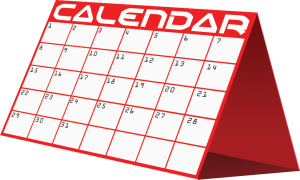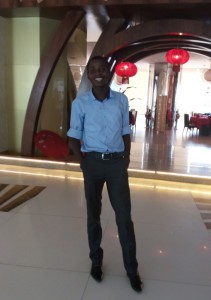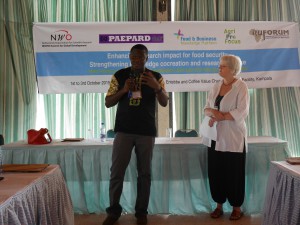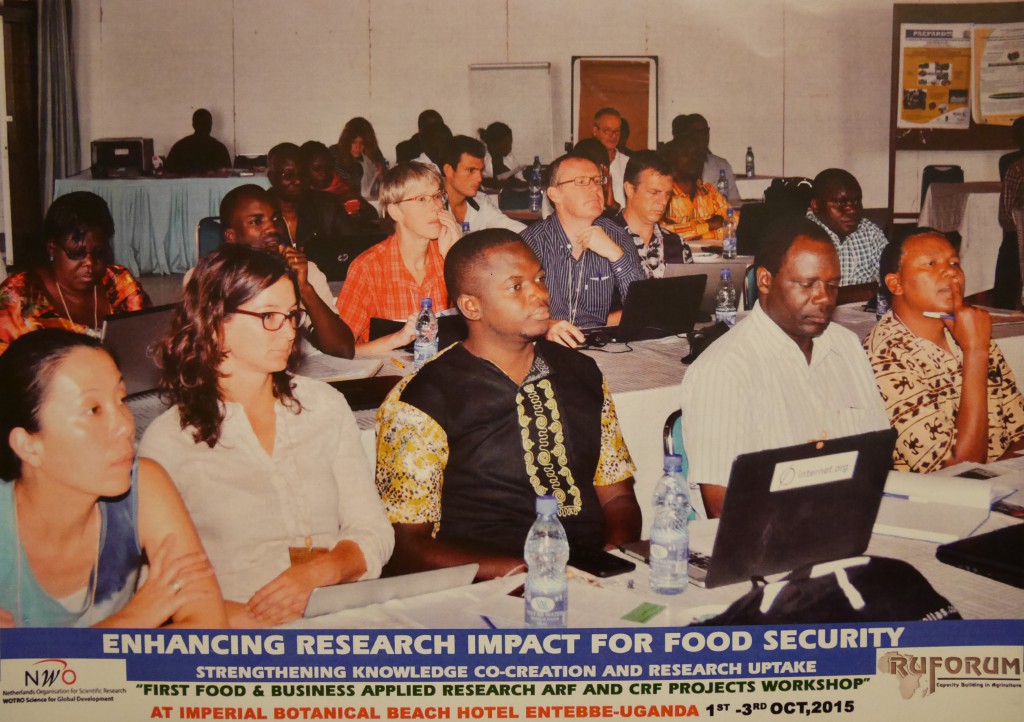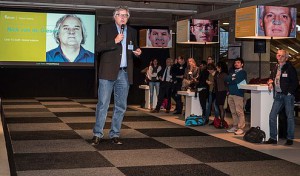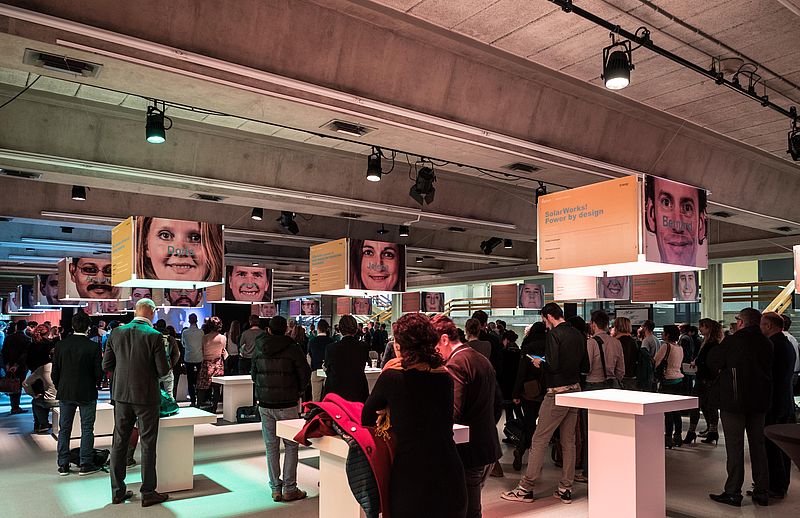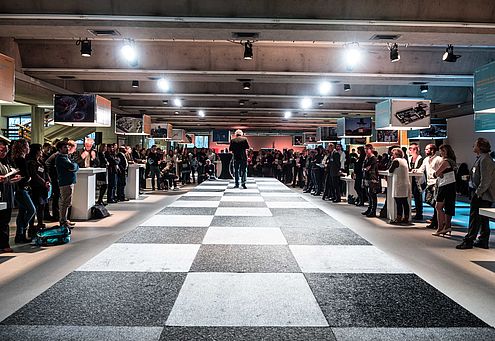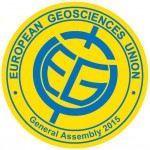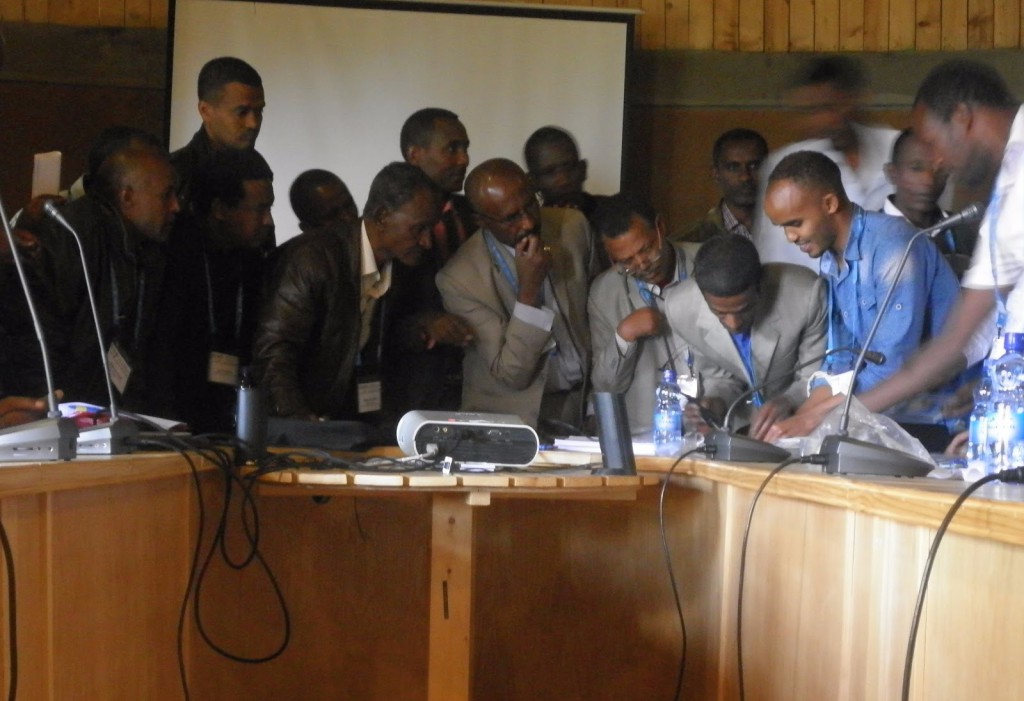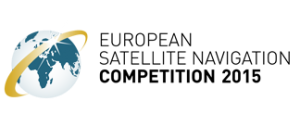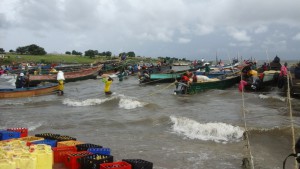Every five kilometers ($ 3) that you run and every thirty kilometers ($ 5) that you ride on your bicycle are valuable. Not only for you but also for scientists, farmers, fishermen, malaria fighters, and government agencies in Africa. Because when you download their free app, the Meter Group, a supplier of measurement technology, donates these dollars for your meters to the Trans-African Hydro-Meteorological Observatory Foundation (TAHMO).
That way, both you and the Meter Group support TAHMO in its aim to achieve a network of a total of 20,000 weather stations in Africa. Local farmers and fishermen will benefit most from the local real-time weather information and weather forecasts, that will become available through each weather station. This information is crucial because over 75 percent of the local population is dependent on agriculture and hence the weather. Professors Nick van de Giesen (Civil Engineering and Geosciences at TU Delft) and John Selker (Biological and Ecological Engineering, Oregon State University) designed the TAHMO low-maintenance weather stations with their research teams and partners. The weather stations are mostly located at schools so they can also be used in educational programs. Without these weather stations, there is no accurate weather information available in most places.
Download the free app and bring accurate weather in Africa closer with each step https://itunes.apple.com/us/app/every-meter-counts/id1185112162?mt=8
For more information about TAHMO click here https://www.youtube.com/watch?v=udKAu0Fr9hI

